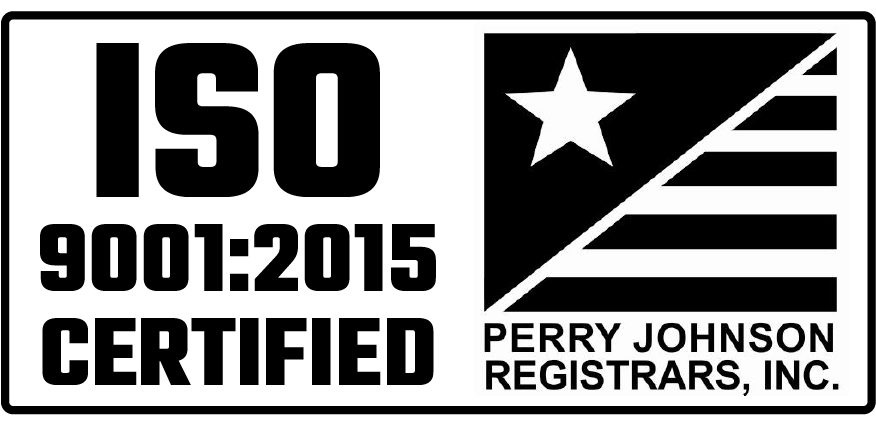Many manufacturers that calculate their product’s actual cost per unit are often perplexed at the final price tag once it’s ready for market. Despite best efforts to project expenses, spec out requirements, choose the winning bids from suppliers and mitigate risks, hidden costs seem to inevitably add up and erode profitability.
Technology and accounting systems play a big role in providing a total cost analysis and can track all the direct expenses once a project is underway or completed. But an up-front understanding of the potential factors, both internal and those related to your supply chain, that often nickel-and-dime a product’s overall cost will lead to a more accurate budget forecast, better results and fewer surprises.
1. Raw Materials
Costs for raw materials can vary greatly depending on current markets. Copper prices, for example — a common material used in electrical control systems and printed circuit boards — can fluctuate wildly within a given year. After historic lows a little more than a decade ago, recent years have seen all-time highs. But even more recently, copper experienced a sharp decline in futures trading. This type of volatility in raw materials can significantly impact a product’s projected costs. The price of copper is just one example, but predicting potential escalations or dips in pricing is a losing battle no matter what materials you or your supply chain uses. To mitigate the risks, continually review costs and, when possible, enter into vendor agreements that allow you to lock in pricing.
2. Labor
There are many available tools to figure out direct labor costs per unit. A common practice is to determine internal hourly pay rates, payroll taxes, insurance, retirement plan expenses and other employee benefits, and then calculate the cost to produce a unit based on those findings.
But each manufacturer experiences indirect labor costs that can inevitably chip away at profits. The current skilled labor shortage is requiring many companies, including your suppliers, to raise salaries to maintain a strong labor force. Even then, some workers seek other employment, and the unforeseen costs to recruit, hire and train new people is almost always significant. Your company might incur other costs, such as legal fees to ensure compliance, continuing education, required certifications, unexpected downtime and more.
Also consider the design phase costs of a project. This phase can often be drawn out if you don’t have the right people in place, leading to potential, costly redesigns and having to go back to the drawing board. If you don’t have engineers and designers with the latest industry expertise, knowledge and state-of-the-art technology to apply it, chances are your internal labor costs will escalate quickly.
3. Overhead
Every manufacturer knows that the costs of labor, equipment, technology, maintenance, insurance, supplies, shipping, rent, taxes and utilities to keep the lights on should all be factored into a product’s ROI. Some of these expenses are fixed, while others can fluctuate considerably. Managing those variable costs can help stabilize a product’s overall price. If fuel prices play a significant role in your product’s life cycle, for example, any savings that a manufacturer thought they would obtain could quickly be eaten away if they chose overseas vendors to supply components.
To reduce the risks, consider working with regional suppliers that won’t obtain the high shipping, surcharges, docking and import fees that are often ubiquitous with offshore suppliers. Additional offshore hidden costs such as unfavorable currency exchange rates, broker fees, higher insurance rates and more can also add up.
4. Supply Chain
The supply chain is the lifeblood of many manufacturers, and regular reviews should be conducted. Revisit existing business relationships and look for signs to determine if a supplier is really looking out for you. If they aren’t, they’re not adding value.
Also think about ways you can leverage a supplier to free up areas within your facility to support other revenue-generating ventures. Building electrical assemblies in-house, for example, can take up significant floor space, and outsourcing those functions can provide opportunities for further product development and help you position your business for future growth. MCL is eager to provide economical solutions and exceed your electrical assembly supplier expectations once you determine that outsourcing is a practical decision.
OEMs need to consider more than the per-unit price quote. Performing a total cost analysis and mitigating the risks of unknown, hidden expenses internally and in their supply chain can help manufacturers improve profitability and scale their business. To see how MCL can play a significant role in reducing your overall costs and increasing your competitive advantage, reach out to us today.





